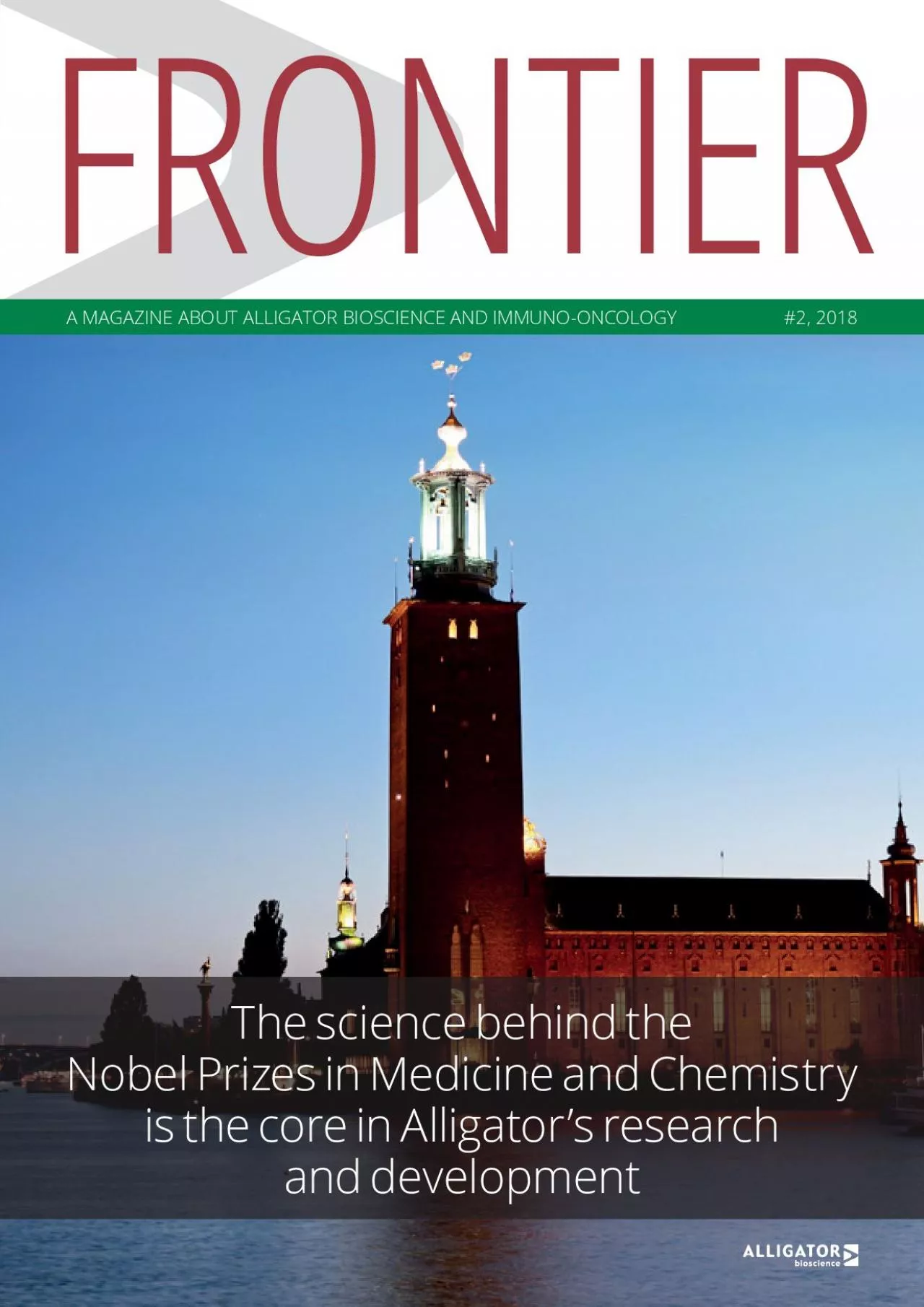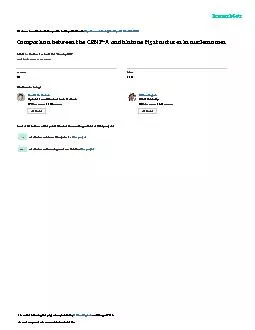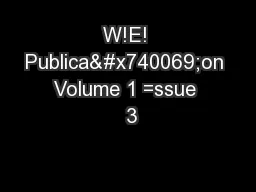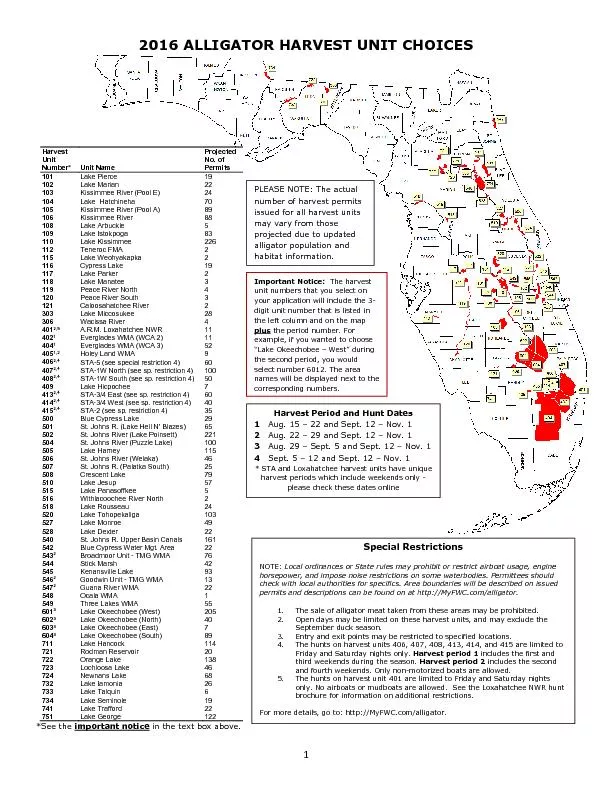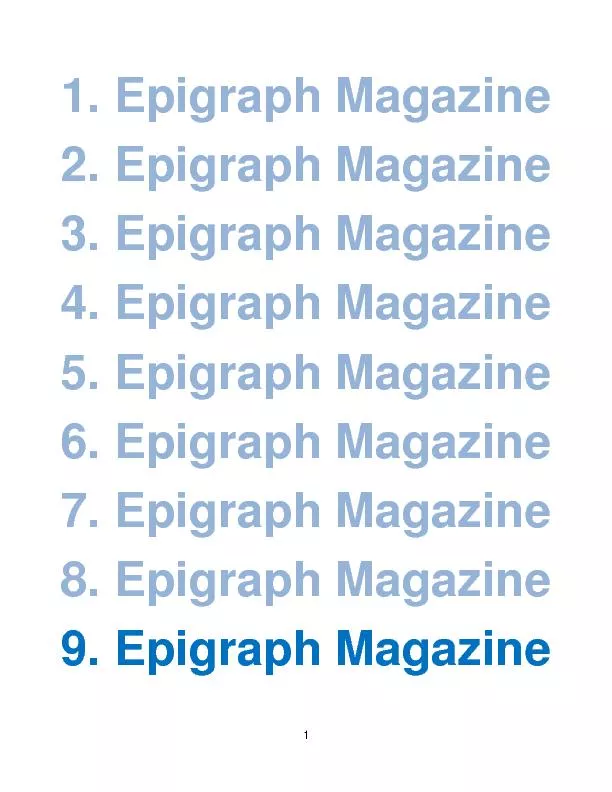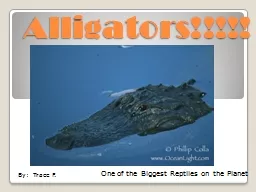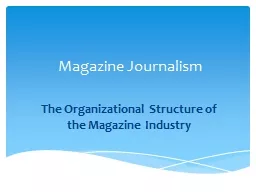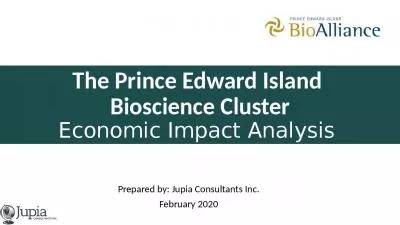PDF-A MAGAZINE ABOUT ALLIGATOR BIOSCIENCE AND IMMUNOONCOLOGY2 2018
Author : melanie | Published Date : 2022-08-16
FRONTIER The science behind the Nobel Prizes in Medicine and Chemistry is the core in Alligator146s research and development 2 FRONTIERA MAGAZINE ABOUT ALLIGATOR
Presentation Embed Code
Download Presentation
Download Presentation The PPT/PDF document "A MAGAZINE ABOUT ALLIGATOR BIOSCIENCE AN..." is the property of its rightful owner. Permission is granted to download and print the materials on this website for personal, non-commercial use only, and to display it on your personal computer provided you do not modify the materials and that you retain all copyright notices contained in the materials. By downloading content from our website, you accept the terms of this agreement.
A MAGAZINE ABOUT ALLIGATOR BIOSCIENCE AND IMMUNOONCOLOGY2 2018: Transcript
Download Rules Of Document
"A MAGAZINE ABOUT ALLIGATOR BIOSCIENCE AND IMMUNOONCOLOGY2 2018"The content belongs to its owner. You may download and print it for personal use, without modification, and keep all copyright notices. By downloading, you agree to these terms.
Related Documents

